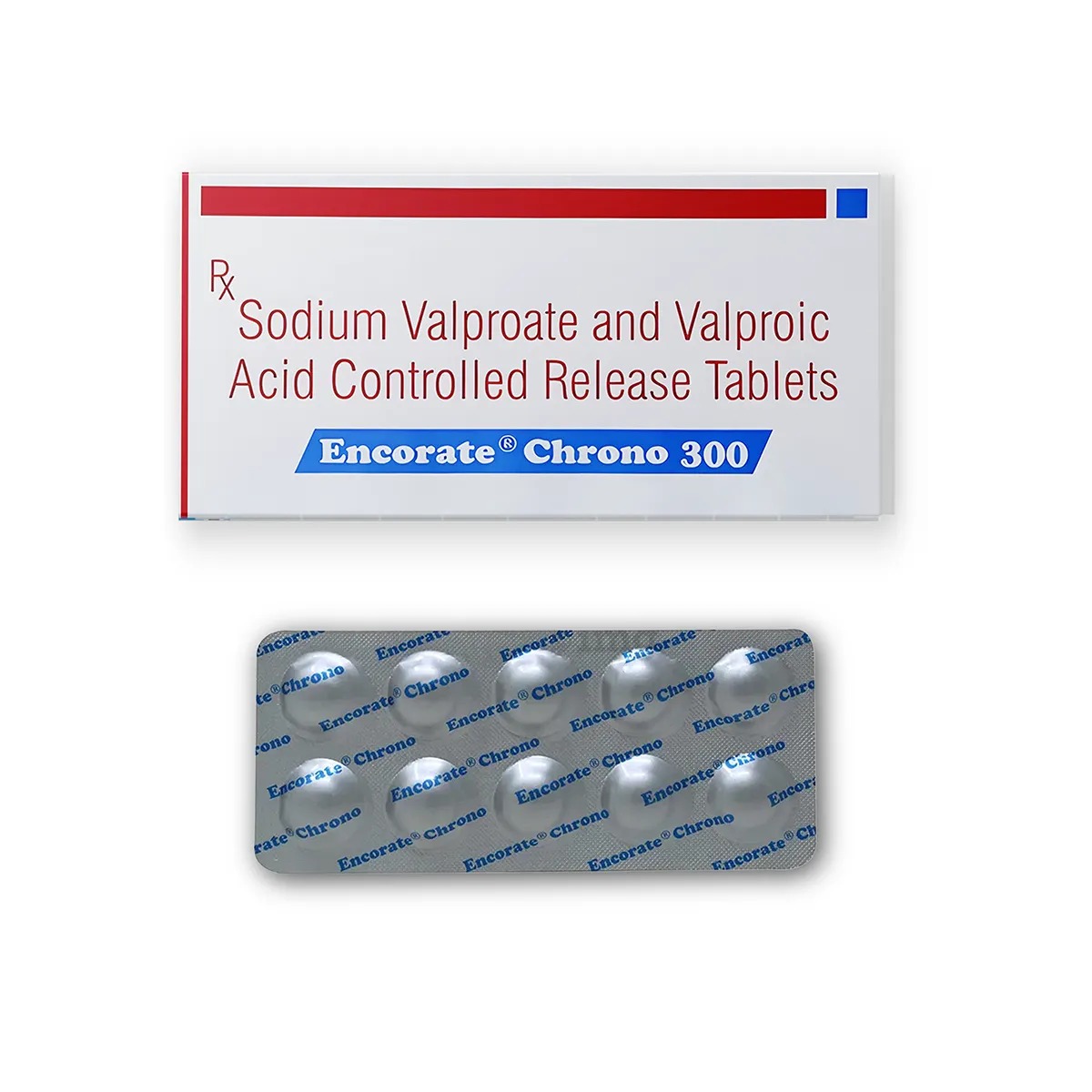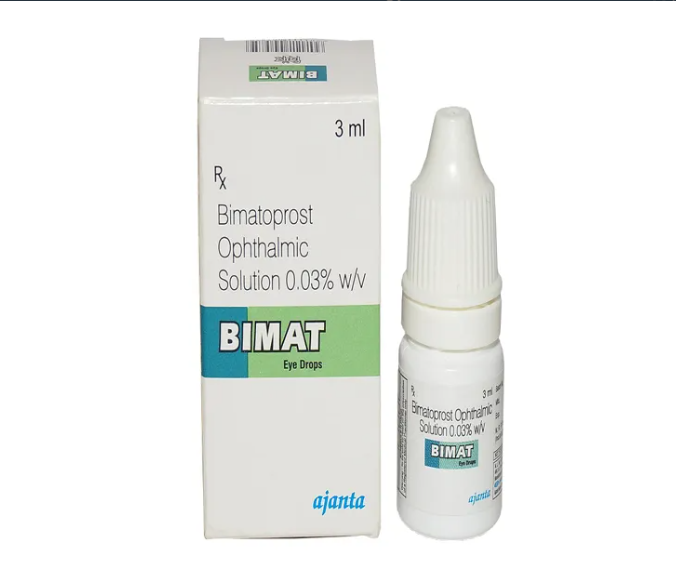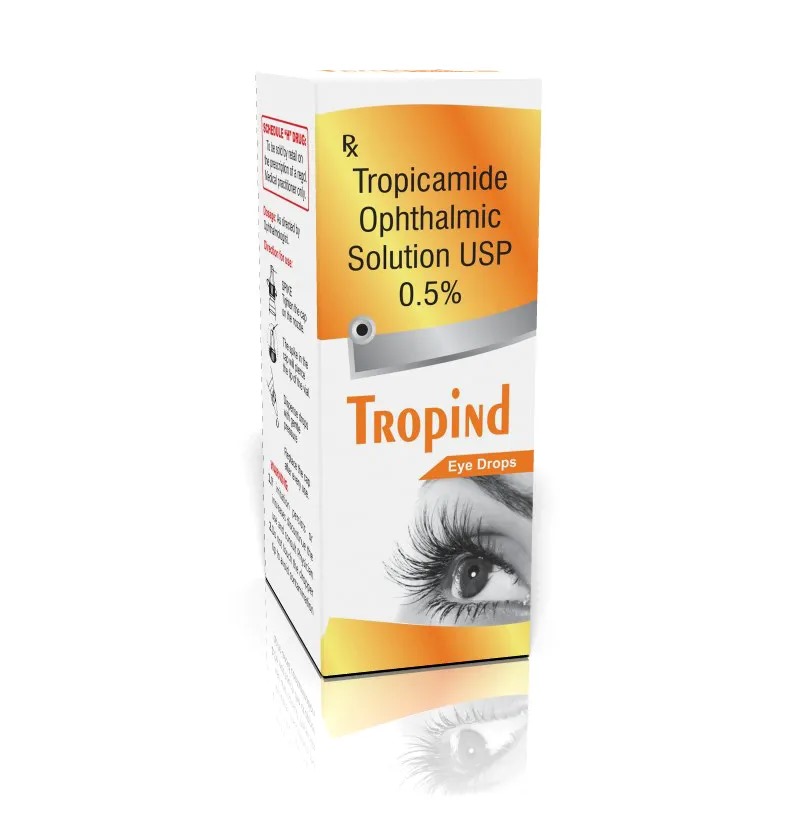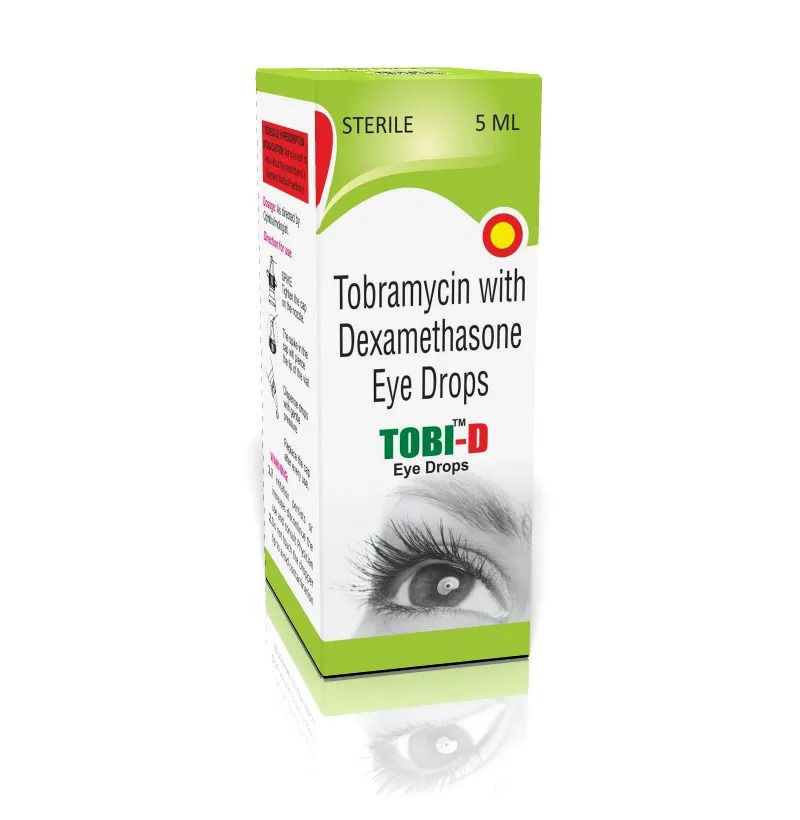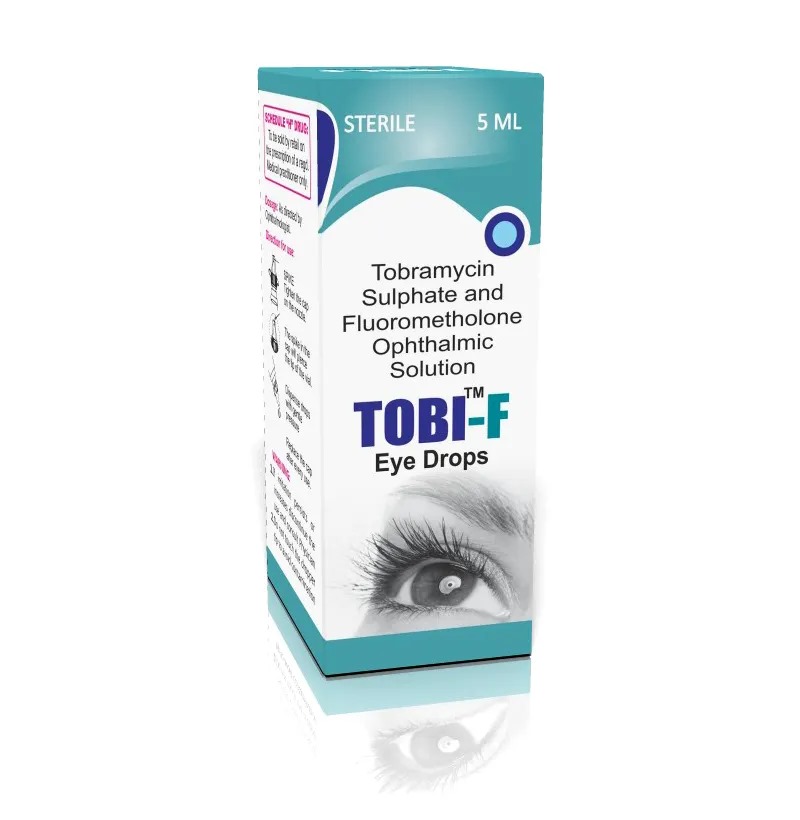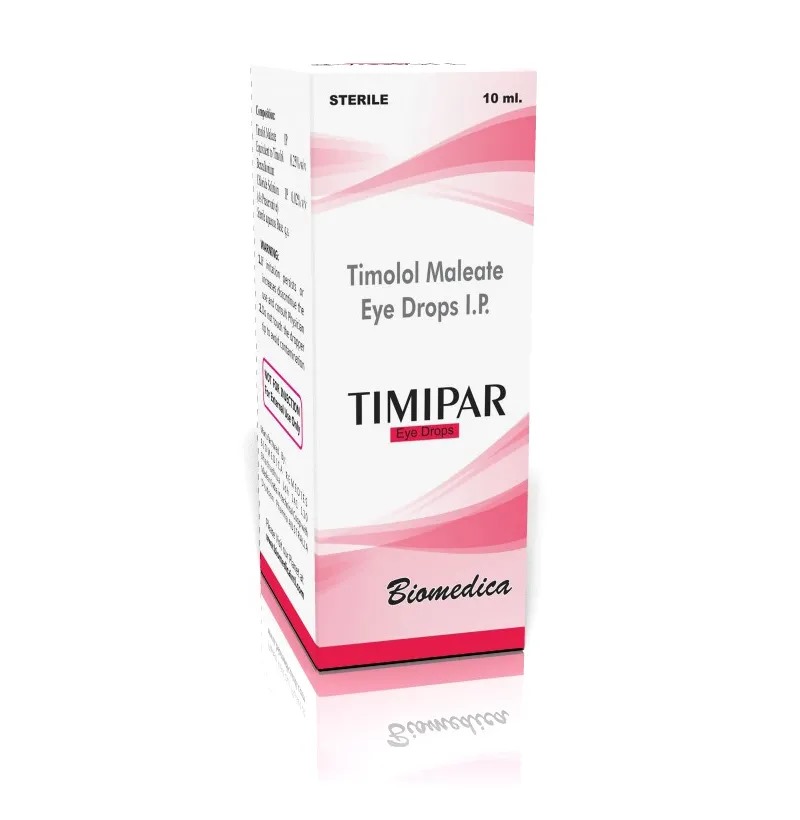What is Encorate Chrono 300 Tablet CR Encorate Chrono 300 Tablet CR is an antiepileptic medication containing Sodium Valproate and Valproic Acid. It is primarily used to control seizures, prevent migraines, and manage bipolar disorder. Abbott manufactures Encorate Chrono 300 Tablet CR, which stabilizes electrical activity in the brain and increases GABA levels, a neurotransmitter that helps calm the nervous system. Uses of Encorate Chrono 300 Tablet CR Encorate Chrono 300 Tablet CR offers several benefits in treating various neurological conditions: Seizure control: Effectively manages different types of seizures, including generalized and absent seizures. Migraine prevention: Helps in reducing the frequency and severity of migraines. Bipolar disorder treatment: Assists in stabilizing mood swings associated with bipolar disorder. Improved GABA levels: Enhances the activity of GABA, reducing abnormal brain activity. How to use Encorate Chrono 300 Tablet CR Follow these general steps to use Encorate Chrono 300 Tablet CR correctly: Take the tablet with or without food as prescribed by your doctor. Swallow the tablet whole; do not chew, crush, or break it. Take it at the same time every day to maintain consistent drug levels. Do not stop taking the medication suddenly without consulting your doctor. Strengths and Substitutes Encorate Chrono 300 Tablet CR is available in various strengths and substitutes. Your doctor may adjust your dosage based on your specific condition and response to treatment. What are the side effects of Encorate Chrono 300 Tablet CR Like all medications, Encorate Chrono 300 Tablet CR can cause side effects, though not everyone experiences them. Common side effects include: Drowsiness Nausea Weight gain Tremors Hair loss If you experience severe side effects, contact your doctor immediately. Safety Advice Liver problemsLiver disease Regular monitoring of liver function is essential. Inform your doctor if you notice signs of liver damage, such as jaundice or severe abdominal pain. CardiovascularKidney impairment Use with caution in patients with kidney impairment. Dose adjustments may be necessary. PregnancyPregnant and breastfeeding women Not recommended during pregnancy or breastfeeding due to potential risks to the baby. wineAvoid Avoid alcohol, driving, and operating heavy machinery, as the medication may cause drowsiness or dizziness.
Send Message